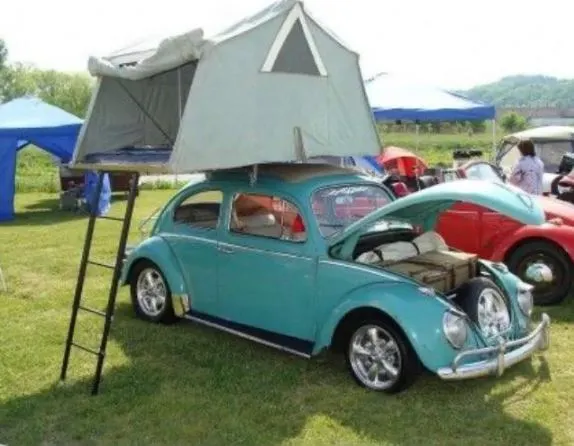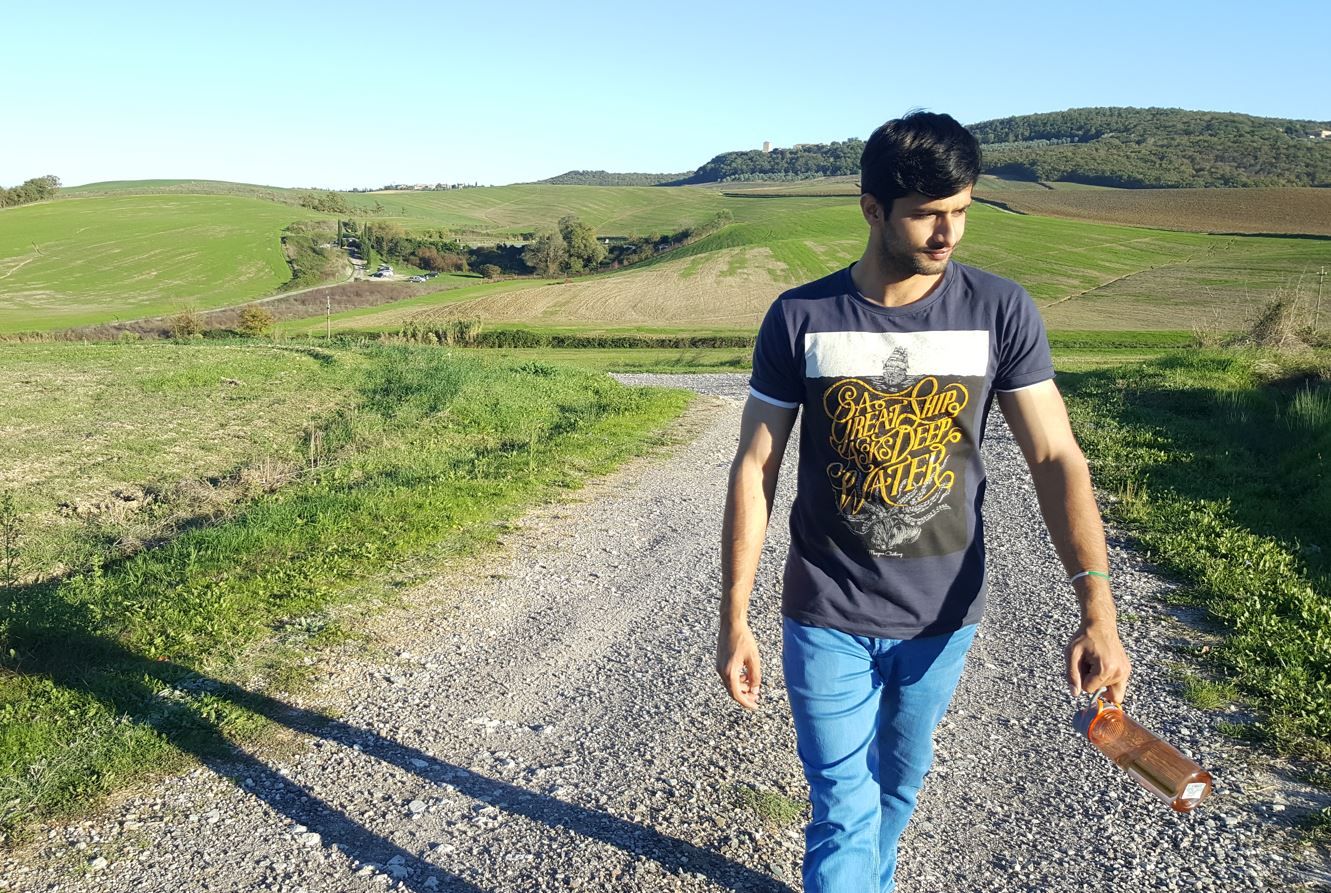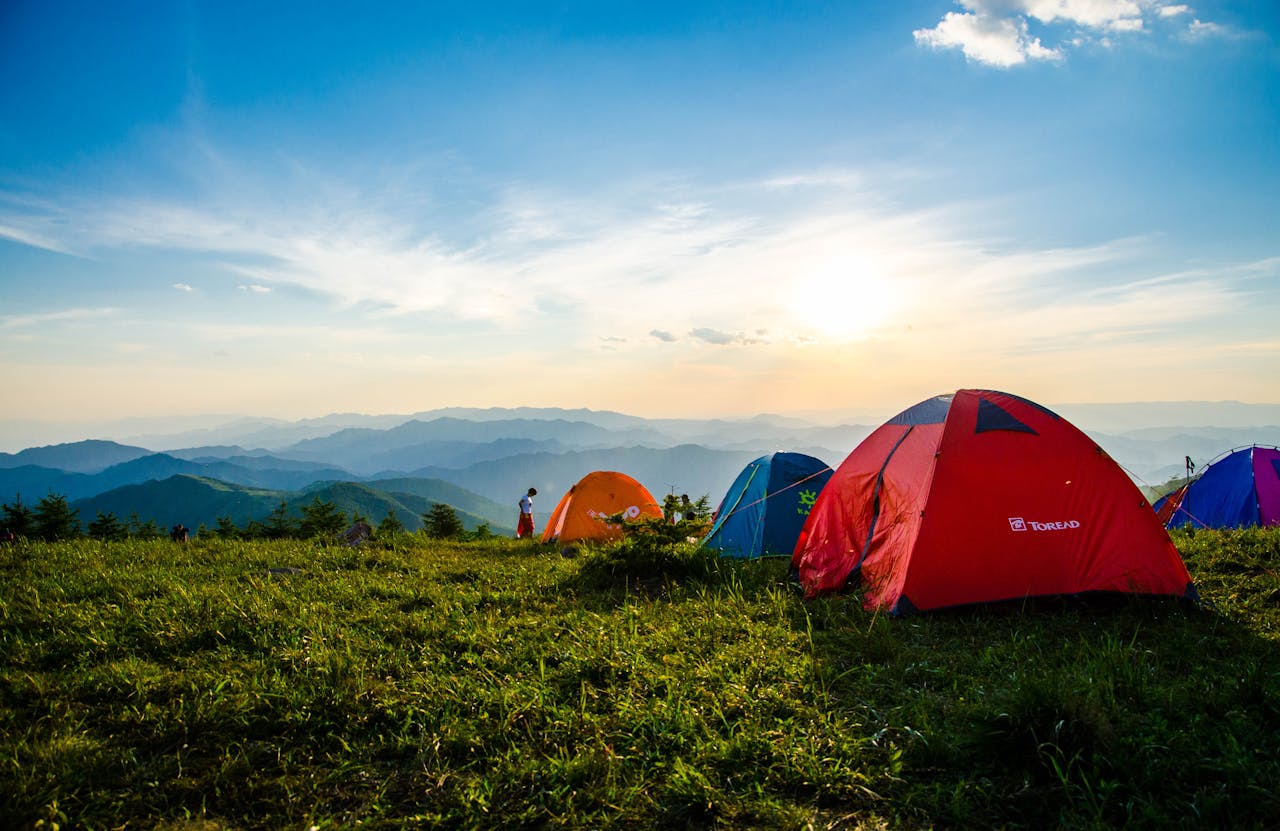Choosing the right tent is crucial for a successful and enjoyable camping experience. Your tent becomes your home in the wilderness, providing shelter, comfort, and protection from the elements. Selecting a tent depends on multiple factors such as the size of your group, camping style, weather conditions, and the type of terrain you’re camping on.
Picking the wrong tent can create an uncomfortable, cramped, or unsafe experience. In this guide, we’ll explore different types of tents, the key factors you should consider when making a decision, essential features to look for, and how to maintain your tent for future trips.
Understanding Tent Types
There are several types of tents, each suited for specific camping styles and environments. Below are the most common tent categories to help you decide which one suits your needs.
1: Backpacking Tents
Backpacking tents are designed for campers who need to carry their gear over long distances. These tents are typically lightweight, compact, and easy to set up, making them perfect for solo travelers or small groups.

- Weight: Often under 5 pounds, allowing for easy transport.
- Capacity: Generally designed for 1-3 people.
- Best for: Hiking trips, long-distance treks, and environments where weight and portability are priorities.
Pros: Portable, easy to carry, and often made with durable materials.
Cons: Limited space and comfort, not ideal for large groups.
2: Car Camping Tents
Car camping tents are spacious and designed for comfort, with size and weight being less of a concern since they’re transported by vehicle. These tents are perfect for family outings or group camping trips where comfort and space are a priority.

- Features: Some models offer multiple rooms, high peak heights, and vestibules for gear storage.
- Capacity: These tents can range from 2-person tents to larger 6- or 8-person tents.
- Best for: Family camping trips, festival camping, or weekend getaways where portability is not a concern.
Pros: Spacious, comfortable, and great for families.
Cons: Heavier and bulkier, not suitable for backpacking.
3: Specialty Tents
Specialty tents are designed for specific camping needs or extreme conditions. Here are a few types:
- Geodesic Tents: Known for their stability in high winds and rough weather, these tents have a dome structure supported by intersecting poles, making them sturdy and great for mountain or snow camping.
- Dome Tents: A popular tent design that’s easy to set up, lightweight, and offers a stable shape. Great for casual camping trips.
- Tunnel Tents: These tents offer more room due to their tunnel-like structure and are perfect for family or group camping where extra space is needed.
- Inflatable Tents: Instead of traditional poles, these tents use air beams. They’re easy to set up but might not be as stable as other options in extreme weather conditions.
Pros: Customized for specific conditions like wind, snow, or heat.
Cons: Can be more expensive and may require specialized knowledge for set-up.
Key Factors to Consider When Choosing a Tent
1: Size and Capacity
Choosing the right tent size depends on the number of campers and the amount of gear you have.
- Tent Ratings: Tents are usually rated by the number of people they can fit (e.g., 2-person, 4-person tents). Keep in mind that this rating refers to the number of people sleeping closely together. If you want more space for gear or extra comfort, consider choosing a tent that accommodates one or two more people than your group size.
- Extra Space for Pets or Gear: If you’re camping with a pet or want room for bulky gear (e.g., backpacks or coolers), you’ll need extra space. Some tents come with vestibules that provide a sheltered area for gear storage.
Camping Tent Size and Capacity
| Tent Size | Capacity (Number of People) | Best For |
|---|---|---|
| 2-Person Tent | 2 | Solo camping or couples |
| 4-Person Tent | 4 | Small groups or families |
| 6-Person Tent | 6 | Medium-sized groups or families with gear |
| 8-Person Tent | 8 | Large families or groups |
| 10-Person Tent | 10 | Very large groups or extended family trips |
2: Seasonality
Tents are designed for different seasons, and choosing the right one can mean the difference between comfort and discomfort during your trip.
- 3-Season Tents: These tents are suitable for spring, summer, and fall. They are lightweight, well-ventilated, and protect from rain and light winds. Most campers find 3-season tents ideal unless they are camping in extreme weather conditions.
- 4-Season Tents: Designed for winter camping or harsh conditions, 4-season tents can withstand heavy snow, strong winds, and colder temperatures. They are often made with stronger materials and more poles for stability.
Tip: If you’re camping in unpredictable or extreme weather, opt for a 4-season tent for better protection.
3: Weight and Portability
Weight is a critical factor, especially for backpackers who need to carry their tents for long distances.
- Lightweight Materials: Modern tents use lightweight materials such as silicone-coated nylon or polyester to reduce weight without compromising durability. These tents are perfect for backpacking and solo travel.
- Car Camping Consideration: If you’re car camping, weight and portability are less of a concern, and you can opt for heavier, larger tents that offer more space and comfort.
Essential Features to Consider In A Camping Tent
1: Material Quality
The durability and weather resistance of a tent depend on its material.
- Waterproofing: Look for tents with a high Hydrostatic Head (HH) rating. A rating of 1,500 mm to 3,000 mm means that the tent can withstand moderate to heavy rainfall.
- Fabric Type: Tents made from nylon or polyester are typically lightweight and durable. However, canvas tents are heavier but more durable and offer better insulation in cold weather.
Camping Tent Hydrostatic Head (HH) Ratings
| Hydrostatic Head (HH) Rating | Waterproof Level | Weather Suitability |
|---|---|---|
| 1,000 mm | Basic Waterproofing | Light rain, occasional showers |
| 1,500 mm | Moderate Waterproofing | Moderate rain, light wind |
| 2,000 mm | Good Waterproofing | Heavy rain, windy conditions |
| 3,000 mm | High Waterproofing | Heavy downpour, stormy weather |
| 5,000 mm | Extreme Waterproofing | Severe weather, sustained heavy rain |
2: Setup Ease
If you’re new to camping or want to save time, the ease of setting up a tent is important.
- Quick-Pitch Tents: Many modern tents feature quick-pitch designs, making it possible to set up your tent in just a few minutes. This is especially helpful for solo campers or in bad weather.
- Poles and Pegs: Look for aluminum poles for strength and durability. Some tents come with color-coded poles, making setup faster and easier.
3: Ventilation and Weather Resistance
Ventilation is crucial for comfort, especially in warm weather.
- Mesh Panels: Look for tents with mesh panels to allow air to circulate while keeping bugs out.
- Rainflies and Vestibules: A rainfly adds an extra layer of waterproofing, while vestibules provide extra storage space and protection for your gear.
Budget Considerations When Buying A Camping Tent
1: Price Ranges
Tents come in a wide range of prices, from budget-friendly options to premium models. Budget tents often use heavier materials and may lack some advanced features like superior waterproofing or ventilation, but they can still serve casual campers well.
- Budget Options: Tents priced under $100 are often basic but functional for casual camping trips.
- Mid-Range Tents: These range from $100 to $300 and offer more durability, space, and weather resistance.
- Premium Tents: Tents over $300 often feature high-end materials, advanced designs, and excellent weatherproofing, making them a good long-term investment for frequent campers.
2: Value vs. Cost
When choosing a tent, balance your immediate budget with the long-term value. Investing in a higher-quality tent might cost more upfront, but it can last longer and perform better in a wider range of conditions, saving you money in the long run.
Camping Tent Maintenance & Care Tips
Taking care of your tent will ensure it lasts for years.
- Cleaning: After each camping trip, clean your tent with mild soap and water to remove dirt and grime. Avoid using harsh chemicals that can damage the waterproof coatings.
- Storage: Store your tent in a cool, dry place. Never store a wet tent as this can lead to mold and mildew growth.
Conclusion
Choosing the right tent involves considering various factors, from size and weight to seasonality and material quality. Understanding your camping style, expected weather conditions, and group size will help you make the best choice.
Investing in a tent with the right features, whether it’s a lightweight backpacking tent or a spacious car camping tent, can enhance your outdoor experience. Remember to take care of your tent, and it will last you through many adventures. Happy camping!
Additional Resources

Hi, I’m Masab Jamal, the founder and head editor of this blog. I love to spend most of my time in the wilderness. Apart from camping and outdoor life, I’m a full time blogger.

